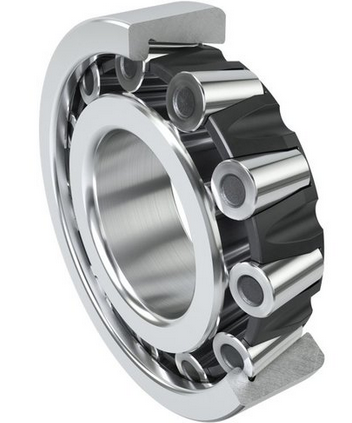1. The external force applied during assembly should not be transmitted through the rollers or balls of the bearing to avoid damage to the bearing.
2. The non-impact way of loading and unloading is preferred.
3. When you need to tap, the way should be correct.
4. For bearings that require transmission accuracy, such as the SKF bearings of the main shaft, there are often preload requirements. Because these bearings can only achieve the nominal accuracy with a reasonable preload. For example, the main shaft of a lathe, generally the front and the rear are radial thrust roller bearings. After assembly, it needs to be pre-tightened by the nuts at both ends to meet the requirements of the spindle runout.
The general preload is a parameter provided by the bearing factory. However, in the actual assembly process, it is not possible to measure whether the preload meets the requirements. Traditionally, the assembly workers are often installed by experience.
In some structures, the method of measuring the amount of preload deformation in advance can be used. For example, a radial thrust bearing with a preload of 20kg. We can put the outer ring of the bearing on the platform, and then apply 20kg force to the inner ring. Measure the change in height difference between the inner and outer rings before and after the force is applied, which can generally be measured by a lever dial indicator. After the deformation amount is obtained, a gasket is designed in the preload structure, and the height difference of the gasket is exactly the amount of change before and after the preload. In this way, it is ensured that after the nut is tightened, the preload remains unchanged. Change the previous assembly method by the labor force of the workers, and the integral bearing assembly.






